The Vital Role of Logging While Drilling: Revolutionizing Oil Exploration
Logging While Drilling (LWD) has significantly transformed the oil exploration process. This method allows real-time data acquisition during the drilling process, providing invaluable insights into subsurface formations. The real-time feedback of Logging While Drilling enable decision-makers to optimize drilling parameters, enhance safety, and maximize the efficiency of hydrocarbon extraction.
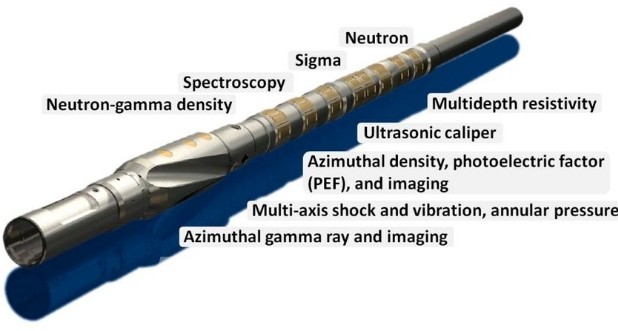
Evolution of Logging While Drilling
Logging While Drilling has its roots in the mid-20th century when the oil industry began exploring ways to improve wellbore evaluation. Initially, logging operations were performed after drilling, requiring the removal of the drillstring to lower downhole instruments into the well. This process was time-consuming and costly, often resulting in delays and inefficiencies.
The advent of LWD drilling marked a significant advancement in this regard. By integrating measurement tools directly into the drillstring, operators could capture critical data continuously while drilling progressed. This innovation not only streamlined operations but also provided immediate insights into subsurface formations, guiding decision-making in real-time.
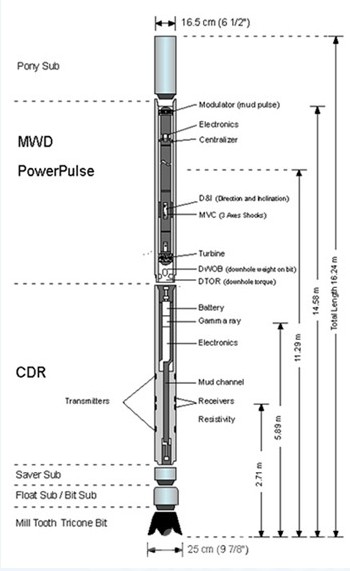
Key Components and Technologies in Logging While Drilling
1. Measurement Tools
- Gamma Ray Detectors: These tools measure the natural gamma radiation emitted by formations. Gamma rays are indicative of certain types of rocks and minerals, aiding in lithology identification.
- Resistivity Sensors: Resistivity tools measure the electrical resistivity of surrounding formations. Variations in resistivity provide insights into fluid content, rock composition, and the presence of hydrocarbons.
- Neutron Porosity Tools: Neutron tools assess the porosity of formations by measuring interactions with neutrons emitted from the tool. Porosity data is crucial for evaluating reservoir quality and estimating hydrocarbon saturation.
- Density Sensors: Density tools measure the bulk density of formations, which helps determine rock type and lithology.
- Acoustic Sensors: Acoustic tools measure the velocity of sound waves traveling through formations. This data can be used to assess rock hardness and mechanical properties.
2. Data Transmission and Logging Units
- Telemetry Systems: These systems transmit data collected by the measurement tools to the surface in real-time. Various telemetry methods, such as mud-pulse telemetry and electromagnetic telemetry, are used to send data through the drillstring to the surface.
- Logging Units: At the surface, logging units receive and process the transmitted data. They display the information in a format that can be interpreted by drilling engineers and geoscientists.
3. Drill Collar and Bottom-Hole Assembly (BHA)
- Drill Collar: The drill collar is a heavy, thick-walled tubular component of the drillstring that houses the measurement tools and provides weight and stiffness to the drillstring.
- Bottom-Hole Assembly (BHA): The BHA consists of various tools and components located near the drill bit. It includes the measurement tools, stabilizers, and other downhole equipment necessary for drilling and data acquisition.
4. Power Supply and Electronics
- Battery Packs: Logging While Drilling tools are powered by battery packs located within the BHA or drill collar.
- Electronics: Miniaturized electronic components within the tools process and store data before transmitting it to the surface.
5. Software and Data Interpretation
- Real-Time Data Processing Software: This software processes raw data received from the downhole tools and converts it into meaningful information.
- Data Interpretation Software: Specialized software applications are used to interpret the processed data, generate logs, and visualize subsurface formations.
6. Auxiliary Tools and Sensors
- Azimuthal Gamma Ray Sensors: These sensors provide directional measurements of gamma radiation, aiding in wellbore positioning and geosteering.
- Magnetometers: Magnetometers measure the Earth’s magnetic field, which can be used to determine the orientation of the BHA and well trajectory.
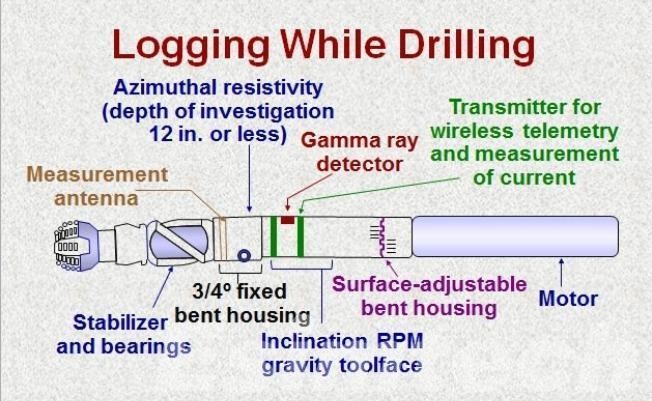
Advantages of Logging While Drilling
1. Real-Time Data Acquisition
One of the most significant advantages of Logging While Drilling is its ability to provide real-time data on subsurface formations as drilling progresses. Traditional logging methods require pausing drilling operations to deploy measurement tools, leading to delays in data acquisition. With LWD, operators can continuously collect formation evaluation data, enabling immediate decision-making.
2. Enhanced Operational Efficiency
By obtaining real-time formation evaluation data, LWD helps optimize drilling parameters such as wellbore trajectory, drilling fluid properties, and drilling rate. This optimization minimizes drilling time and maximizes the efficiency of operations, leading to cost savings and improved project economics.
3. Improved Well Placement
Accurate formation evaluation provided by LWD enables precise wellbore positioning in relation to target reservoirs. Operators can steer the drill bit toward zones of interest, maximizing reservoir contact and hydrocarbon recovery. This improves overall well productivity and reduces the risk of drilling into non-productive formations.
4. Risk Mitigation
LWD helps mitigate drilling risks by providing early detection of potential drilling hazards such as formation instability, fluid influxes, and pressure differentials. Real-time data allows operators to proactively adjust drilling parameters or take corrective actions to avoid costly drilling problems and minimize operational downtime.
5. Enhanced Safety
By reducing the need for wireline logging runs, which involve hoisting heavy equipment in and out of the well, LWD contributes to improved safety on drilling rigs. Minimizing manual intervention and equipment handling reduces the risk of accidents and injuries associated with traditional logging methods.
6. Cost Savings
The efficiency gains achieved through real-time data acquisition and optimized drilling operations translate into cost savings for operators. Reduced drilling time, minimized downtime, and improved well placement result in lower overall project costs and improved financial performance.
7. Increased Reservoir Understanding
Continuous data acquisition provided by LWD allows for a more comprehensive understanding of subsurface reservoirs. Operators can analyze formation properties, fluid content, and reservoir characteristics in real-time, leading to better reservoir management strategies and improved production optimization.
8. Environmental Benefits
By optimizing drilling operations and reducing the time required to drill wells, LWD contributes to environmental sustainability efforts in the oil and gas industry. Reduced drilling time and fewer operational disruptions minimize the environmental impact associated with drilling activities.

Challenges and Future Directions in Logging While Drilling
1. Resolution and Accuracy
- Challenge: Achieving high-resolution and accurate measurements in real-time remains a challenge due to limitations in sensor technology and tool design.
- Future Direction: Develop advanced sensor technologies with higher resolution and precision, such as distributed acoustic sensing (DAS) and distributed temperature sensing (DTS). Integration of machine learning algorithms for real-time data calibration and error correction can further enhance measurement accuracy.
2. Formation Evaluation in Complex Reservoirs
- Challenge: Evaluating formations in complex reservoirs with challenging lithologies, fluid properties, and structural features poses significant interpretation challenges for Logging While Drilling.
- Future Direction: Invest in research and development of advanced interpretation algorithms and models that can handle complex reservoir conditions, including unconventional plays, fractured formations, and geologically complex environments. Integration of multi-physics simulations and data fusion techniques can provide more comprehensive formation evaluation.
3. Real-time Data Transmission and Processing
- Challenge: Transmitting large volumes of data in real-time from downhole LWD tools to the surface while drilling can be limited by bandwidth constraints and latency issues.
- Future Direction: Develop high-speed telemetry systems and data compression techniques to optimize data transmission rates. Utilize edge computing and distributed processing algorithms to perform real-time data analysis downhole and transmit only relevant information to the surface, reducing bandwidth requirements.
4. Integration with Drilling Operations
- Challenge: Seamless integration of LWD drilling technology with drilling operations and decision-making processes is essential for optimizing drilling performance and well placement.
- Future Direction: Develop interoperable LWD systems that can integrate with drilling rigs, drilling automation systems, and drilling optimization software platforms. Utilize real-time data analytics and decision support systems to provide actionable insights to drilling personnel, enabling optimized drilling operations.
5. Cost-effectiveness and Accessibility
- Challenge: The high cost of LWD technology and services can limit its adoption, particularly in challenging economic conditions.
- Future Direction: Develop cost-effective LWD solutions with modular designs and scalability to meet the needs of different drilling projects and budgets. Invest in research and development to reduce the overall cost of Logging While Drilling technology while improving its performance and reliability, making it more accessible to a wider range of operators.
6. Environmental Sustainability
- Challenge: Minimizing the environmental impact of Logging While Drilling operations, including reducing energy consumption, waste generation, and carbon emissions.
- Future Direction: Develop environmentally friendly LWD tools and techniques that prioritize energy efficiency, recyclability, and minimal waste generation. Invest in research on alternative power sources, such as renewable energy and battery technologies, to power LWD operations more sustainably.
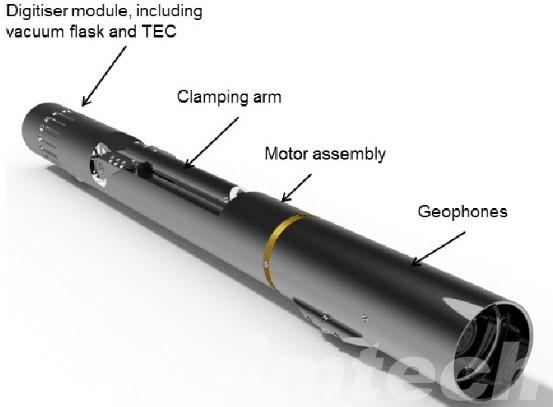
Key Simulation Technologies Used in Logging While Drilling
Simulation technology plays a crucial role in optimizing and improving Logging While Drilling (LWD) operations.
1. Geomechanical Simulations
Geomechanical simulations model the behavior of subsurface formations under drilling-induced stresses. These simulations help identify potential drilling hazards such as wellbore instability, formation collapse, or lost circulation. By simulating various drilling scenarios, operators can mitigate risks and optimize wellbore placement to minimize geomechanical challenges.
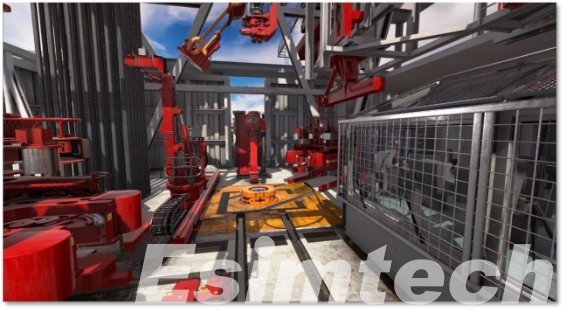
2. Hydrodynamic Simulations
Hydrodynamic simulations model the flow of drilling fluids and formation fluids within the wellbore and surrounding formations. These simulations help optimize mud properties, such as viscosity, density, and rheological properties, to improve hole cleaning, wellbore stability, and overall drilling efficiency.
3. Drilling Dynamics Simulations
Drilling dynamics simulations model the interaction between the drillstring, downhole tools, and formations during drilling operations. These simulations help predict tool vibrations, stick-slip, and whirl tendencies, which can affect tool performance, tool longevity, and drilling efficiency. By optimizing drilling parameters such as weight on bit, rotary speed, and drilling fluid flow rate, operators can minimize tool wear and maximize drilling performance.
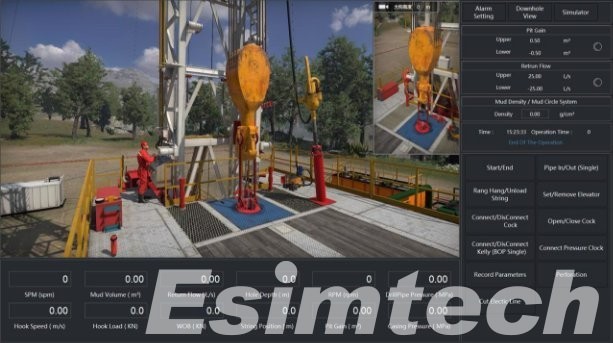
4. Tool Performance Simulations
Tool performance simulations model the behavior of LWD sensors and measurement tools under downhole conditions. These simulations help predict tool responses to changes in formation properties, tool positioning, and drilling parameters. By simulating tool outputs, operators can calibrate tools, validate measurements, and optimize tool configurations to improve data accuracy and reliability.
5. Real-Time Data Visualization and Interpretation
Real-time data visualization and interpretation tools provide operators with visual representations of downhole conditions and drilling parameters. These downhole operation simulation tools integrate real-time LWD data with simulation models to provide actionable insights and decision support. By visualizing formation properties, wellbore trajectories, and drilling dynamics in real-time, operators can make informed decisions to optimize drilling operations and mitigate risks.
6. Machine Learning and Artificial Intelligence (AI)
Machine learning and AI algorithms analyze historical drilling data, Logging While Drilling measurements, and simulation outputs to identify patterns, optimize drilling parameters, and predict downhole conditions. These algorithms continuously learn from data to improve accuracy, reliability, and efficiency in LWD drilling operations. By leveraging machine learning and AI, operators can optimize drilling processes, enhance tool performance, and increase drilling success rates.
Conclusion
Logging While Drilling has revolutionized the way oil exploration and drilling operations are conducted. Its ability to provide real-time formation evaluation data has transformed industry practices, empowering operators to optimize drilling processes and maximize hydrocarbon recovery. As technology continues to evolve, LWD drilling is poised to play an increasingly critical role in unlocking untapped reserves and shaping the future of energy exploration.
